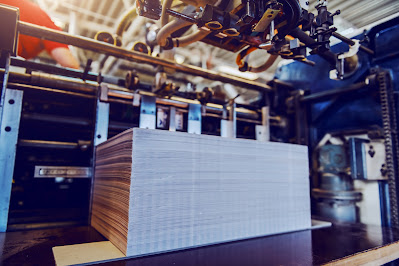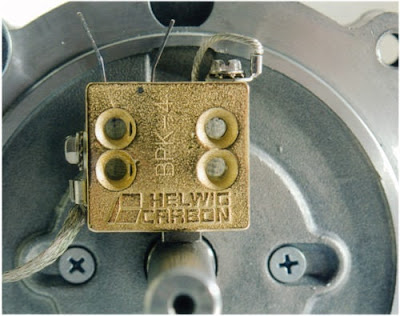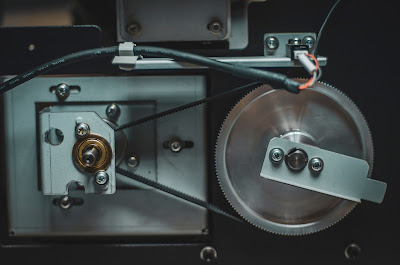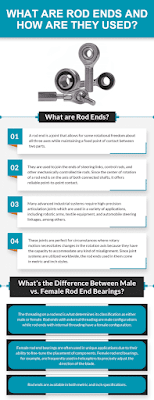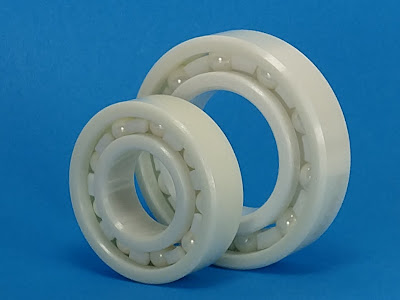Bearings in the food processing & packaging industry

Bearings play an essential role in the food processing and packaging industry. These small components facilitate motion by reducing friction between two moving parts, ensuring smooth operations of machinery and equipment. The food processing and packaging industry is a critical one, responsible for providing safe and hygienic products to consumers. As such, it requires machinery and equipment that maintain high levels of cleanliness and efficiency. Bearings need to be capable of withstanding rigorous cleaning processes and high-temperature environments to ensure that the industry meets strict health and safety regulations. Failure of bearings can result in contamination, recall of products, and significant financial loss. Therefore, it is vital to selecting the right bearing types, materials, and designs that meet the industry's specific requirements. This blog post aims to provide an in-depth understanding of bearings used in the food processing and packaging industry, including ...

